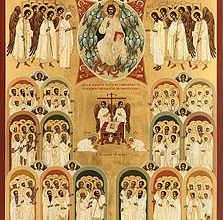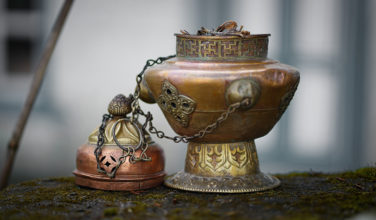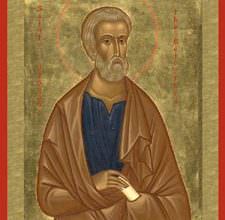Basic History of the Greek Orthodox Church
There are fewer than six million Orthodox Christians living in the United States today. However, it is the second largest denomination in the world with Orthodox churches on all seven continents and around 225 million believers. Not only that, but it is Christianity’s original church and the one the Apostles set up in the pages of the New Testament. Here is an overview of the history of the Greek Orthodox Church.
Apostolic Succession
As mentioned above, the Orthodox Christian Church that is around today is the exact church that the Apostles set up in the New Testament. This unbroken unity is referred to as Apostolic Succession. Through it, all bishops and priests can be traced back to the original Apostles through ordination. In doing so, this keeps the original doctrine of the Church intact.
Orthodox History Begins with Pentecost
Much of what occurred in the early years of the church has been documented in the New Testament. Officially, the history of the church begins at Pentecost, which is documented in the Acts of the Apostles and took place in 33 A.D. During Pentecost, the Holy Spirit descended on the Apostles and the people who had gathered and they began to speak in tongues. Today, the Orthodox Church celebrates this event fifty days after Pascha.
Apostles Travel to Spread Christianity
In Matthew 28:18-20, Jesus gave the Apostles what is known as “The Great Commission” amongst Biblical scholars. In that passage, he told them to “go, make disciples of all nations.” Filled with the Holy Spirit, the Apostles traveled extensively to lead people to Christ and to build churches. The Apostle Paul, for example, traveled to Asia Minor, Greece, and even to Rome.
Persecution and Martyrdom of Christians
It was also during this time when Christians were heavily persecuted and martyred. Though persecution and martyrdom of Orthodox Christians still happens today, it was a very frequent occurrence during the first few hundred years of the Church. Yet, despite that, the number of believers continued to grow.
Emperor Constantine I – Constantine the Great
Emperor Constantine I is listed as a saint in the Orthodox Church because he legitimized Christianity in the Roman Empire and made persecution of Christians illegal. In 313 A.D. he enacted the Edict of Milan, which stated that Christians would be able to practice their faith without harm or oppression. A Christian himself, he declared his faith when he was around forty years old. Prior to this Edict, the Roman Empire was one of the heaviest persecutors of Christians and many of them were martyred.
The Byzantine Church
Emperor Constantine moved his residence to a new city, which he named Constantinople after himself. Eventually, Constantinople became the capital of Byzantium, which is where the Byzantine Church eventually had its center. Later on, the Turks renamed the city Istanbul and the head of the Orthodox Christian Church is still located there today.
The Orthodox Christian Church has a rich history, which has its roots with Jesus. When He commissioned His Apostles to “make disciples of all nations,” they traveled the world to form churches. The Orthodox Church that exists today is the same one that the Apostles set up over two thousand years ago.
Categorized in: Greek Orthodox Religious Information
This post was written by Greek Boston





